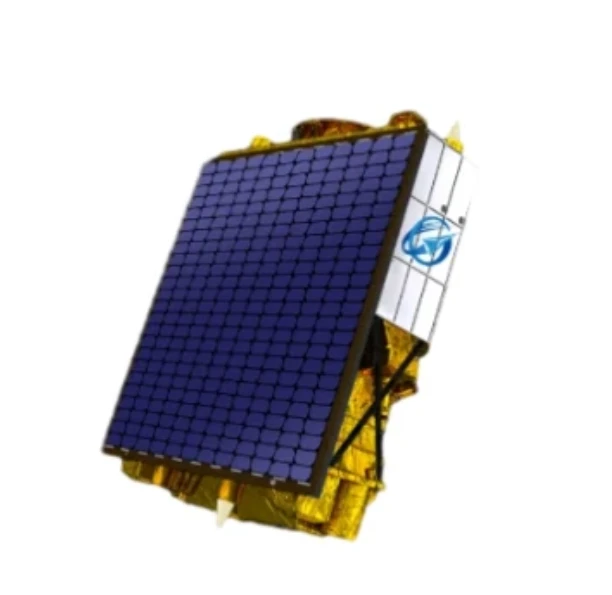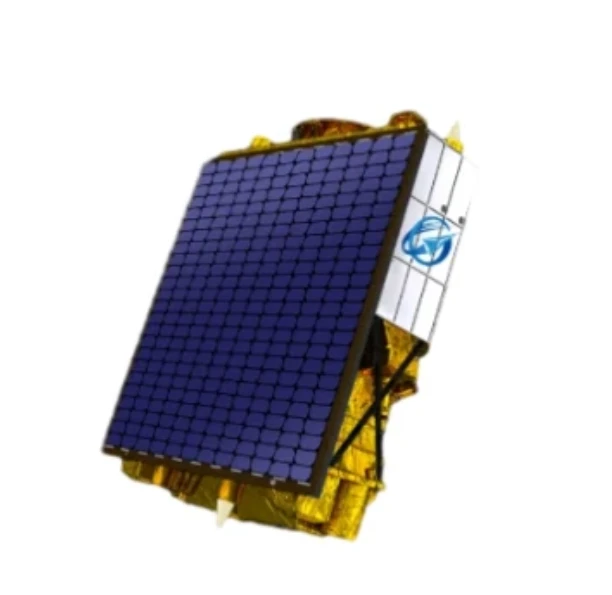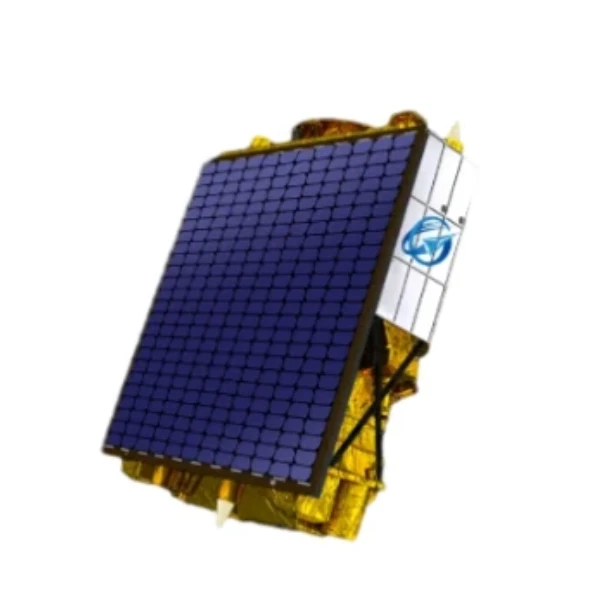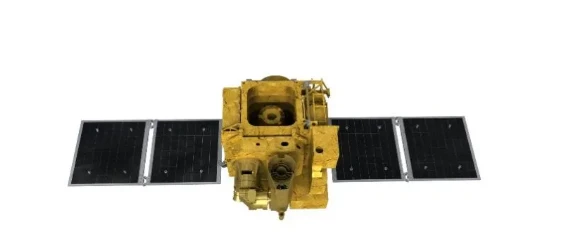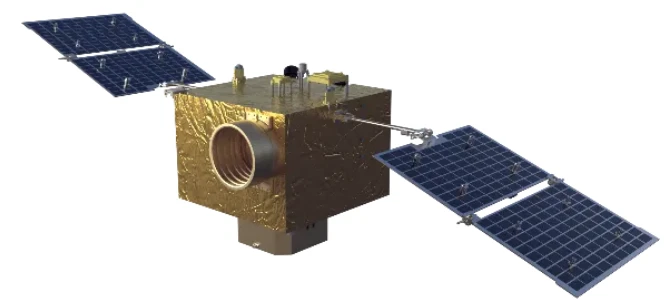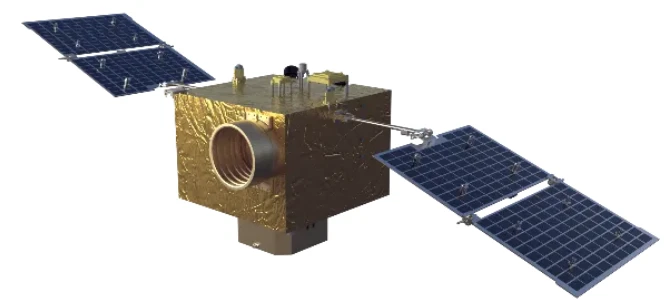
- ਅਫ਼ਰੀਕੀ
- ਅਲਬਾਨੀਅਨ
- ਅਮਹਾਰਿਕ
- ਅਰਬੀ
- ਅਰਮੀਨੀਆਈ
- ਅਜ਼ਰਬਾਈਜਾਨੀ
- ਬਾਸਕ
- ਬੇਲਾਰੂਸੀ
- ਬੰਗਾਲੀ
- ਬੋਸਨੀਆਈ
- ਬੁਲਗਾਰੀਅਨ
- ਕੈਟਲਨ
- ਸੇਬੂਆਨੋ
- ਚੀਨ
- ਕੋਰਸਿਕਨ
- ਕ੍ਰੋਏਸ਼ੀਆਈ
- ਚੈੱਕ
- ਡੈਨਿਸ਼
- ਡੱਚ
- ਅੰਗਰੇਜ਼ੀ
- ਐਸਪੇਰਾਂਤੋ
- ਇਸਤੋਨੀਅਨ
- ਫਿਨਿਸ਼
- ਫ੍ਰੈਂਚ
- ਫ੍ਰੀਜ਼ੀਅਨ
- ਗੈਲੀਸ਼ਿਅਨ
- ਜਾਰਜੀਅਨ
- ਜਰਮਨ
- ਯੂਨਾਨੀ
- ਗੁਜਰਾਤੀ
- ਹੈਤੀਅਨ ਕ੍ਰੀਓਲ
- ਹਾਉਸਾ
- ਹਵਾਈ
- ਇਬਰਾਨੀ
- ਨਹੀਂ
- ਮਿਆਓ
- ਹੰਗਰੀਆਈ
- ਆਈਸਲੈਂਡਿਕ
- ਇਗਬੋ
- ਇੰਡੋਨੇਸ਼ੀਆਈ
- ਆਇਰਿਸ਼
- ਇਤਾਲਵੀ
- ਜਪਾਨੀ
- ਜਾਵਾਨੀਜ਼
- ਕੰਨੜ
- ਕਜ਼ਾਖ
- ਖਮੇਰ
- ਰਵਾਂਡਾ
- ਕੋਰੀਆਈ
- ਕੁਰਦੀ
- ਕਿਰਗਿਜ਼
- ਲੇਬਰ
- ਲਾਤੀਨੀ
- ਲਾਤਵੀਅਨ
- ਲਿਥੁਆਨੀਅਨ
- ਲਕਸਮਬਰਗੀ
- ਮੈਸੇਡੋਨੀਅਨ
- ਮਾਲਾਗਾਸੀ
- ਮਾਲੇਈ
- ਮਲਿਆਲਮ
- ਮਾਲਟੀਜ਼
- ਮਾਓਰੀ
- ਮਰਾਠੀ
- ਮੰਗੋਲੀਆਈ
- ਮਿਆਂਮਾਰ
- ਨੇਪਾਲੀ
- ਨਾਰਵੇਜੀਅਨ
- ਨਾਰਵੇਜੀਅਨ
- ਓਕਸੀਤਾਈ
- ਪਸ਼ਤੋ
- ਫ਼ਾਰਸੀ
- ਪੋਲਿਸ਼
- ਪੁਰਤਗਾਲੀ
- ਪੰਜਾਬੀ
- ਰੋਮਾਨੀਆਈ
- ਰੂਸੀ
- ਸਮੋਅਨ
- ਸਕਾਟਿਸ਼ ਗੈਲਿਕ
- ਸਰਬੀਆਈ
- ਅੰਗਰੇਜ਼ੀ
- ਸ਼ੋਨਾ
- ਸਿੰਧੀ
- ਸਿੰਹਾਲਾ
- ਸਲੋਵਾਕ
- ਸਲੋਵੇਨੀਆਈ
- ਸੋਮਾਲੀ
- ਸਪੈਨਿਸ਼
- ਸੁੰਡਨੀਜ਼
- ਸਵਾਹਿਲੀ
- ਸਵੀਡਿਸ਼
- ਤਾਗਾਲੋਗ
- ਤਾਜਿਕ
- ਤਾਮਿਲ
- ਤਾਤਾਰ
- ਤੇਲਗੂ
- ਥਾਈ
- ਤੁਰਕੀ
- ਤੁਰਕਮੇਨੀ
- ਯੂਕਰੇਨੀ
- ਉਰਦੂ
- ਉਇਘੁਰ
- ਉਜ਼ਬੇਕ
- ਵੀਅਤਨਾਮੀ
- ਵੈਲਸ਼
- ਮਦਦ ਕਰੋ
- ਯਿੱਦੀਸ਼
- ਯੋਰੂਬਾ
- ਜ਼ੁਲੂ
The Evolution Of The Satellite Platform In Remote Sensing Technology
In recent years, the development of the satellite platform in remote sensing has fundamentally changed the way we monitor and interact with Earth. By serving as the foundation for critical instruments and data-gathering payloads, the ਸੈਟੇਲਾਈਟ ਪਲੇਟਫਾਰਮ plays a pivotal role in enabling a wide range of applications—from climate monitoring and disaster response to agricultural assessment and urban development. As innovation accelerates, both traditional and compact systems like the cubesat platform are pushing the boundaries of what’s possible in space-based observation.
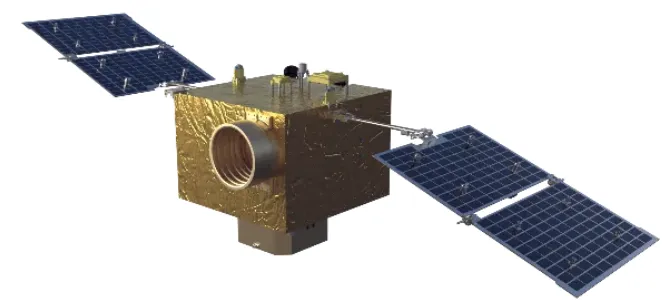
Satellite Platforms In Remote Sensing: A Strategic Enabler
A ਸੈਟੇਲਾਈਟ ਪਲੇਟਫਾਰਮ is more than just a carrier for instruments—it's the core structure that ensures mission success. Today’s satellite platforms in remote sensing are designed with adaptability, endurance, and efficiency in mind. They house essential systems such as power generation, communications, propulsion, and data handling. These capabilities allow the platform to support high-resolution cameras, spectrometers, radar systems, and other sensors used to monitor land, water, and atmosphere. As a result, modern satellite platforms in remote sensing are critical for global environmental monitoring, helping policymakers and scientists make informed decisions backed by real-time data.
The Rise Of The Cubesat Platform In Modern Missions
The introduction of the cubesat platform has revolutionized access to space. These lightweight, standardized units are highly cost-effective and can be deployed in swarms or constellations, providing continuous global coverage. Despite their compact size, the cubesat platform supports sophisticated instruments that collect multispectral, thermal, and SAR (Synthetic Aperture Radar) data. For developing countries, universities, and startups, cubesat platforms offer a flexible and economical pathway into remote sensing missions. As launch costs decrease and miniaturized sensors become more powerful, the cubesat platform is expected to play an even larger role in Earth observation.
Platform Satellites For Custom Mission Architecture
The adaptability of a platform satellite is what sets it apart in mission planning. A platform satellite can be designed to carry a variety of instruments tailored to specific applications—such as wildfire detection, ocean observation, or mineral exploration. This modularity enables agencies to customize payloads without redesigning the entire satellite system. The success of many international missions can be traced back to robust and well-integrated satellite platforms, which serve as the architectural base that enables precision and performance. These platform satellites can also be scaled for different orbits, from Low Earth Orbit (LEO) to Geostationary Orbit (GEO), enhancing mission versatility.
The evolution of the ਸੈਟੇਲਾਈਟ ਪਲੇਟਫਾਰਮ has been central to expanding the scope and precision of remote sensing capabilities. Whether through full-size platform satellites or cost-effective cubesat platforms, these foundational systems are enabling smarter, more responsive monitoring of our planet. As demand grows for near-real-time data and global coverage, the role of the satellite platform in remote sensing will only become more critical. From environmental protection to national security, the reliability and innovation embedded in these platforms are shaping the future of Earth observation.






